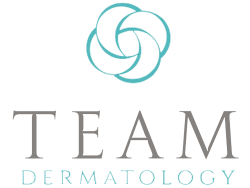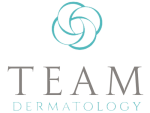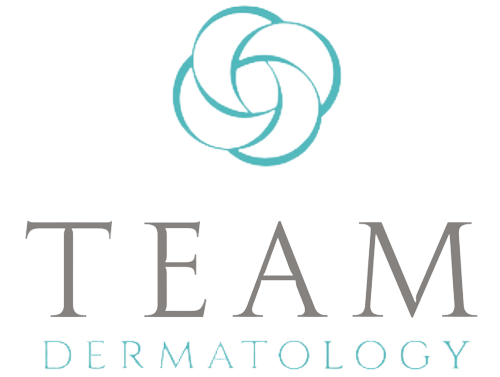A progressive skin disorder called rhinophyma can sometimes afflict people who have rosacea.
Sometimes when rosacea worsens, the nose becomes bloated, red, and bumpy, changing the shape of the nose. Rhinophyma, the term for swelling, can emerge as the development of tissue that resembles scar tissue and may worsen with time.
The causes, symptoms, diagnosis, and treatment of rhinophyma are covered in more detail in the following sections.
Table of Contents
Rhinophyma: What Is It?
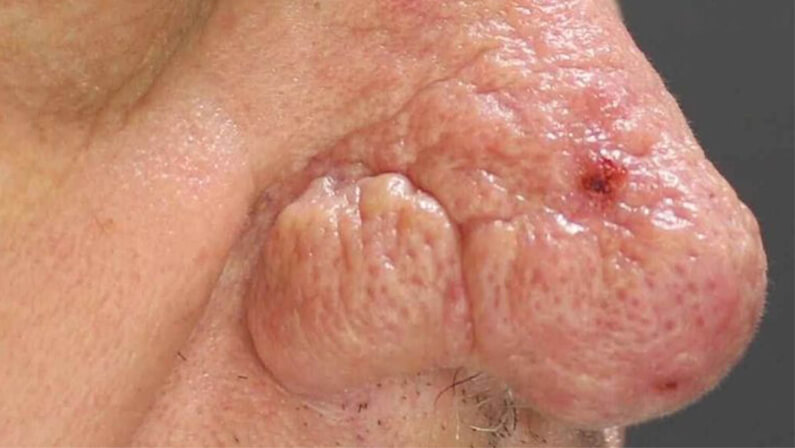
A skin condition called rhinophyma makes the nose expand. Broken blood vessels and lumpy, thicker skin are some more signs.
Though it happens less frequently, rhinophyma can occasionally affect other areas of the face, including the chin and ears.
Typically, rosacea that has been active and untreated for many years is the only type of rosacea that causes rhinophyma. Fair-skinned males in their 50s to 70s are most commonly affected by rhinophyma.
Early Stages of Rhinophyma
According to the findings, face flushing is the only symptom of pre-rosacea, which is where rhinophyma starts, or the rhinophyma’s early stages.
Later on, this condition progresses to vascular rosacea, which is characterized by redness and enlarged blood vessels. Eventually, it develops into acne rosacea and brings on inflammatory outbreaks.
Finally, rhinophyma, a symptom of late-stage rosacea, develops in acne rosacea.
What Causes Rhinophyma
The causes of rhinophyma are not fully understood. It was once believed that heavy drinking produced rhinophyma, but this is untrue.
Both heavy drinkers and those who don’t use alcohol have rhinophyma. Alcohol does not induce rhinophyma, although it might temporarily widen blood vessels, which exacerbates the condition’s appearance.
Rhinophyma affects men far more frequently than women, yet its specific reasons are unknown.
Rhinophyma Risk Factors
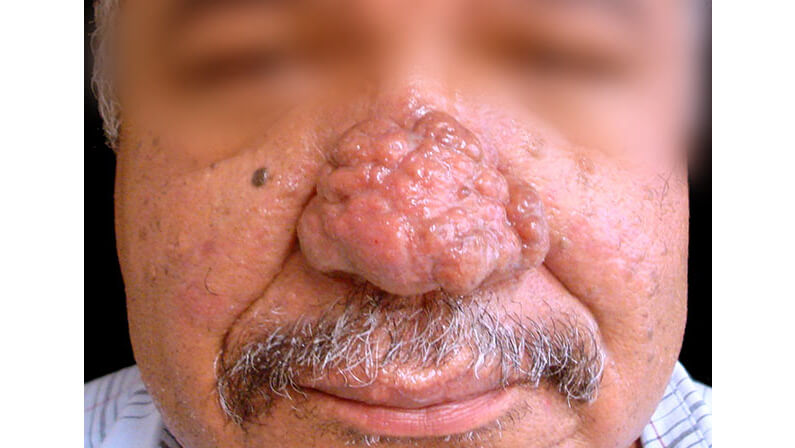
These risk elements consist of:
- Complexion. People with fair complexion are more prone to have rhinophyma.
- Ethnicity. People with backgrounds in Ireland, England, Scotland, Scandinavia, or Eastern Europe are more vulnerable.
- Age. Typically, rhinophyma is discovered between the ages of 50 and 70.
- Gender. Compared to women, men are more likely to get the illness.
- Family background. A larger risk exists for those who have rosacea or rhinophyma in their families.
Rhinophyma Symptoms
Usually, more severe rosacea cases lead to the development of rhinophyma. If left untreated, its indications and symptoms might cycle and get worse.
Nasal symptoms and warning signs include:
- gradual transformation into a bloated, bulbous shape
- with several seeming oil glands.
- increased skin pore size.
- ruddy skin tone.
- extra-thick skin.
- Yellowish, rough, and waxy surface.
Diagnosis Of Rhinophyma
Rosacea in its early stages can be mistaken for acne and other skin problems. Rhinophyma, however, typically develops after rosacea is diagnosed.
Rhinophyma possesses distinctive qualities. Usually, a diagnosis can be made by your doctor without any testing.
By merely getting your medical history and completing a physical exam, they might be able to diagnose you.
Occasionally, a skin biopsy may be necessary to confirm the diagnosis, particularly in rare circumstances where the illness doesn’t improve with treatment.
Treatment for Rhinophyma
Surgery or medication are both options for rhinophyma treatment. You and your doctor can decide together which course of treatment is best for you.
Medication
Once rhinophyma has formed, it typically doesn’t respond well to treatment. Other rosacea subtypes and less severe cases may respond well to medication.
These consist of:
- Medicines, both topical and oral, to lessen inflammation and redness
- Oral capsules stop the production of oil by skin glands.
Surgery

The most popular form of treatment for rhinophyma is surgery. Disfigurement can result from tissue overgrowth and enlarged blood vessels. If the damaged region is not removed, this can become permanent. In most circumstances, surgery is the preferred course of action. It is regarded as the choice with the greatest chance of long-term success.
The following surgical procedures and techniques are frequently used to restore your nose’s appearance:
- A scalpel is used in surgery.
- Using a carbon dioxide laser for laser resurfacing.
- Cryosurgery involves the freezing and removal of aberrant tissue at extremely low temperatures.
- Dermabrasion removes the outermost layers of skin with a tiny rotating instrument.
A surgical procedure can:
- form a crooked nose.
- shave off any extra tissue.
- reduce the size of swollen blood vessels.
- enhance the aesthetic appearance.
How To Prevent Rhinophyma

There is currently no known cure for rhinophyma. However, some elements might boost blood flow to your skin’s surface and exacerbate rosacea symptoms.
To prevent flare-ups, experts advise avoiding these potential triggers:
- piping hot food and drink.
- savory foods.
- alcohol.
- caffeine.
- extremely hot or extremely cold conditions.
- exposure to the sun
- emotional anguish and stress.
- vigorous activity
Regardless of the subtype, experts advise rosacea sufferers to maintain a healthy skin care regimen.
This comprises:
- regular application of UVA/UVB protection sunscreen with an SPF of 15 or higher.
- moisturizer for hypoallergenic or sensitive skin.
- where necessary, appropriate eye care including safe cleaning and artificial tears.
- The social stigmas associated with rosacea or rhinophyma may fade if you and others are informed about their causes.
Key Takeaways
A person may suffer significant face flushing in the early stages of rhinophyma. Swollen blood vessels and pimples that resemble acne first occur as the illness worsens.
Later, the nasal skin thickens and the nose’s tip enlarges. Doctors make a diagnosis of rhinophyma at this point. initially benign, but it could restrict airways and raise the risk. skin cancer trusted source
Although little research suggests that the problem may reoccur following surgery, surgical and drug-based treatments can be helpful.
The board-certified dermatologists at Team Dermatology are dedicated to giving their patients the best possible medical, surgical, and cosmetic dermatology care, especially for rhinophyma.
Team Dermatology has two dermatology clinics, one in Houston and the other in Sugar Land, both of which are conveniently located in Texas.
